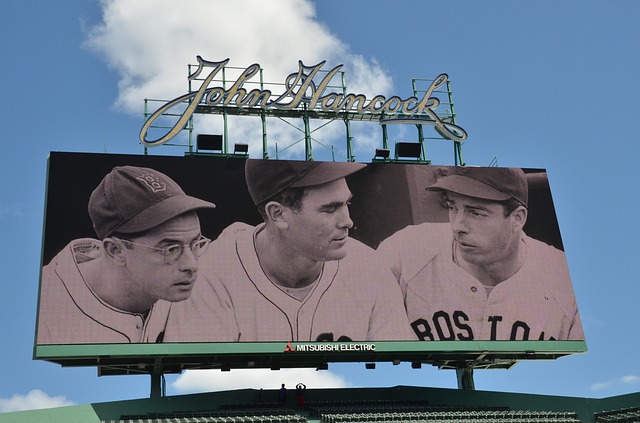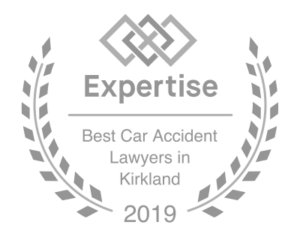John Henry explained to me in a MIST Trial it is essential to be brief, efficient and to the point. Although this is true in all jury trials it is especially true in a MIST case where the jury comes into the case believing they are faced with a lot to do about nothing. And this is exactly what the defense wants the jury to believe.
David Ball Opening. I follow David Ball’s opening statement formula, with modifications to fit my style. Here is my outline with a brief summary of what I said:
Rule. When we do not pay attention to the car ahead and we rear end the driver ahead we are responsible for the harm.
Story. Now let me tell you the story of what happened in our case. [Now I begin the story with defendant. With nouns and verbs in a straight forward dispassionate way I cover defendant’s actions into the collision. The logical conclusion which I let the jury make is defendant’s actions violate a rule and this violation is responsible for the harm.
Who Are We Suing and Why. Here I tell the jury we are suing defendant because [she violated the rule and does not agree to accept responsibility for her actions]. I explain why defendant denies liability and/or payment of fair damages.
But Before We Came to Court. Here I cover how we determined that each of defendant’s positions on liability and/or damage is wrong, and who says it is wrong. At this point the jury has heard the facts of the violations. The jury has heard we only came to court after we ensured defendant’s positions are wrong. And, we are left with no choice but to come to court.
Causation and Damages. “In this case defense will stress bumpers, and Judy Brown’s pre-existing condition. We will concentrate on Judy Brown’s body not her car bumper.We will demonstrate Judy Brown’s preexisting condition combined with defendant’s action caused Judy Brown’s injuries.”
My Job You Job. Here I discuss how my job is to prove the injuries to help the jury do their job. “At the end of the trial the judge will give you instructions on how to figure how much money it will take to make up for the harm caused by defendant. In closing argument we will show you how to calculate the fair value of losses and harm to Judy Brown. We will not show you losses and harm to get sympathy. This case is not about sympathy. This case is about justice, and in a personal injury case justice takes the form of money compensation.”
The Three Phases of Trauma. “To prove our case we will discuss what EMT’s refer to as the three phases of trauma: 1) The person’s condition going into the trauma; 2) The Trauma; and, 3) Treatment for injuries and continuing injuries resulting from trauma.” [I then cover the three phases in the context of our case. I spend most of this time discussing the injuries, treatment for injuries, and how despite treatment certain injuries continue. Then I discuss how Judy Brown is impacted in her life because of the injuries].
The Damage Amount. “Now in closing argument we will help you use your power to fix and help Judy Brown. We will show you how to place a reasonable value to fix and help address Judy Brown’s injuries. We will demonstrate that a reasonable value is $168,086.”
Post Footer automatically generated by Add Post Footer Plugin for wordpress.


 Several years ago when reading
Several years ago when reading  Gerry Spence
Gerry Spence A quality opening statement requires becoming one with our client’s story. Becoming one with our client’s story means
A quality opening statement requires becoming one with our client’s story. Becoming one with our client’s story means  Recently we settled a significant personal injury case where we addressed the issue of a Medicare Set Aside (MSA). The issue was raised by defense during settlement negotiations.
Recently we settled a significant personal injury case where we addressed the issue of a Medicare Set Aside (MSA). The issue was raised by defense during settlement negotiations. 